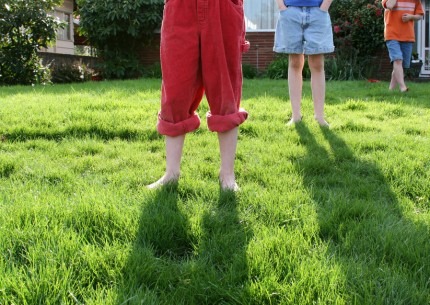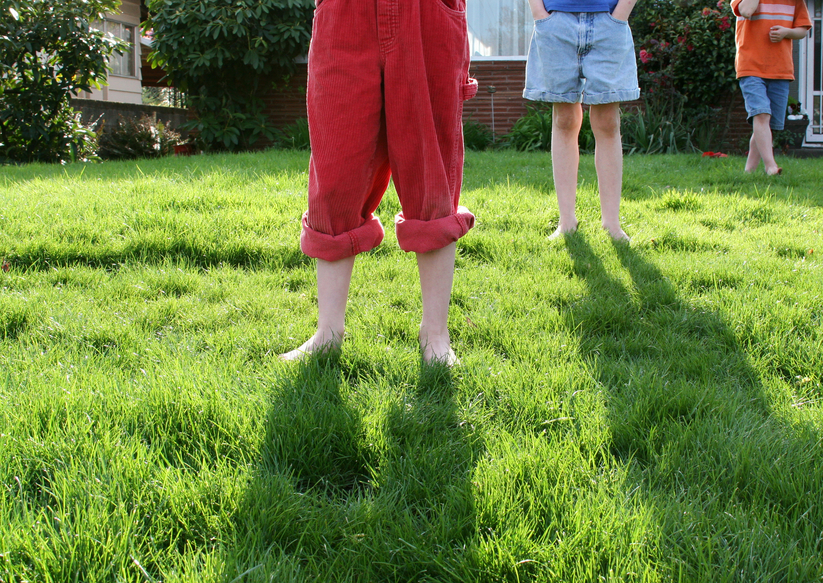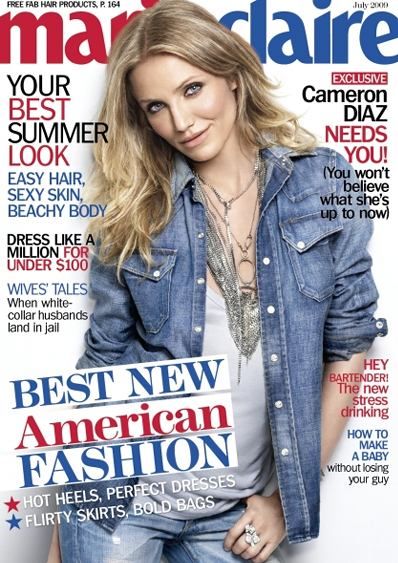 Every year around this time, the father in me starts thinking deep thoughts about why I’ve dedicated my career to environmental awareness and, in particular, helping people who don’t consider themselves activists understand why environmental issues should matter to them. In more recent years, it’s morphed into an almost singular focus for me on why the climate crisis should matter to all of us.
Every year around this time, the father in me starts thinking deep thoughts about why I’ve dedicated my career to environmental awareness and, in particular, helping people who don’t consider themselves activists understand why environmental issues should matter to them. In more recent years, it’s morphed into an almost singular focus for me on why the climate crisis should matter to all of us.
For me, it’s simple. It’s the kids.
As a parent, I want to do everything I can to make sure my kids are exposed to fewer hazards than I was. I always laugh when my own mom says, “Well, we fed you [some processed food I could never imagine giving my kids] and you turned out OK,” or “We didn’t even have carseats when you were growing up and you’re just fine.” Yeah, yeah, yeah – I for one feel completely free of nostalgia for the “good old days” of the toxic dangers of the 1970s. We’ve gotten smarter and that’s a good thing.
That’s why I was so disappointed to find out how stuck companies that are making the products we parents are buying to protect our kids are on climate because climate is simply toxic to our children’s future. When Climate Counts (which I direct) announced scores on the climate action of the toys and children’s equipment sector a couple of months back, results were dismal.
At the request of the many consumers who were interested in this sector, we scored 13 of the biggest companies – companies who make familiar family brands like Graco, Safety 1st, Instep, Evenflo, Chicco, One Step Ahead, Britax, Peg Perego, and more – and TEN scored less than five points out of a possible 100 on climate. No understanding of the overall impact of their companies’ energy use, waste, distribution, and sales on climate. No evidence of any efforts to reduce energy use or greenhouse gas emissions. No support for good climate policy. And, no conversation at all with the legions of parents who buy from these companies because they want to ensure the safety of their kids. No conversation about climate change, something that could have a greater impact on the current generation of children that maybe anything else.
The companies that make children’s safety equipment are incessantly frightening parents like me into an upgrade: “Hey concerned parent, remember that carseat you used for your newborn in 2006? Well, nothing could be more dangerous for your newborn with a 2009 birthday. You’ve got to buy this year’s model in order to keep you kid safe!” Most of us hear the call and do just as we’re told, stretching our own wallets way too often to support a business model fueled by planned obsolescence.
Look, I’m a big believer in steady safety improvements and appreciate that these companies are constantly looking for ways to make their products safer. But here’s the problem I do have – why hasn’t that thirst for safety carried over yet to climate?
Children’s equipment companies know parents want to keep kids safe. And that’s not just today or this week or this year. I think about the safety of my kids long after they’ll have left my house, long after I’m gone. I want their entire lives to be safe and secure. I want to take every precaution possible in the way I treat the world I leave them. I’m not trying to anticipate what could result from global climate change. I don’t want to know – and not because I’m trying to avoid thinking about it. I don’t want to know because I don’t want it to happen.
So that affects the way I think about the products I buy ostensibly to keep my kids safe. I think those choices have to extend far beyond the catastrophic car accident I hope will never happen, far beyond the tiny fingers that might get slammed in the bedroom door (which has happened, despite my precautions), far beyond the potential toxic chemicals that may be in the food we feed them. They have to extend to climate change.



